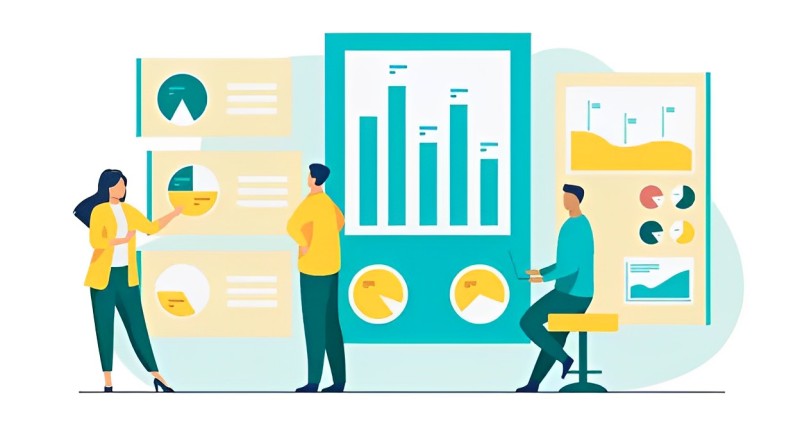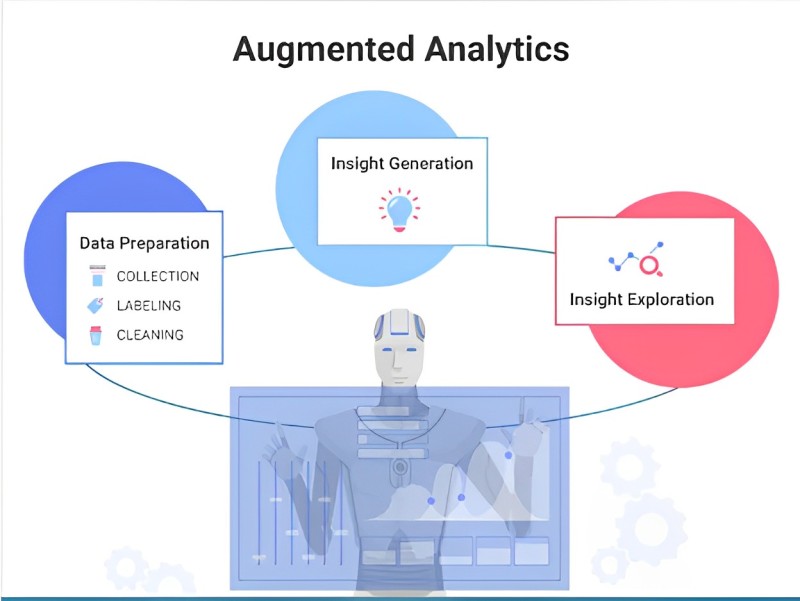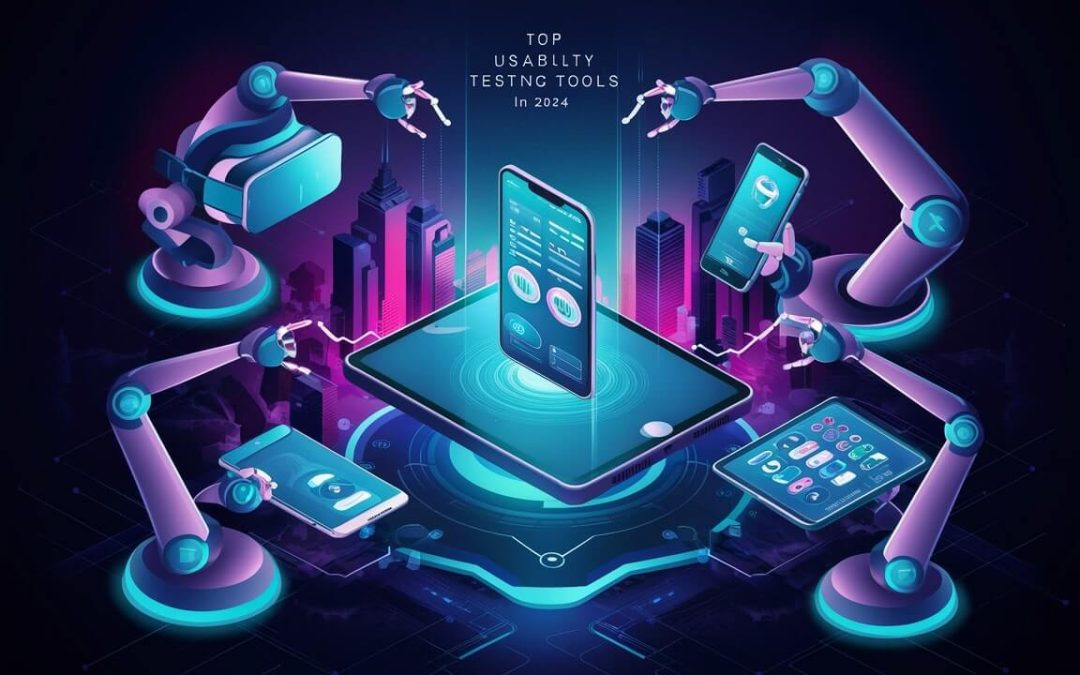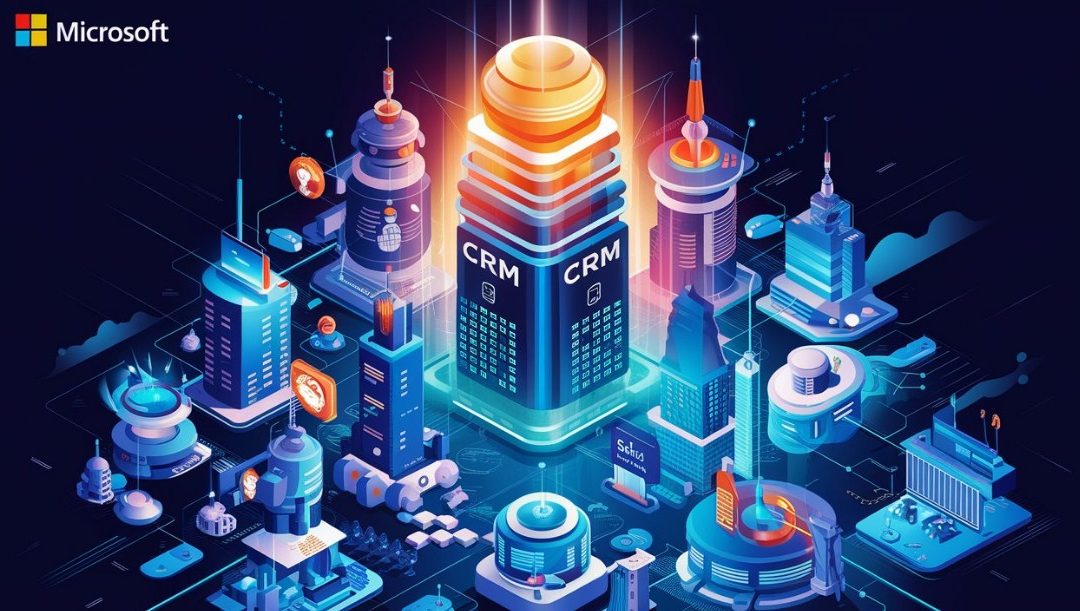Data visualization and analytics have transformed how organizations extract insights and drive smarter decisions from their data.
Tools like Tableau have democratized analytics through stunning interactive dashboards accessible to business users of all skill levels.
Yet basic reporting has limitations for increasingly complex real-world problems. This is where AI comes in – augmenting human analysis via analytics platforms to uncover deeper intelligence.
Together, they form a dream team empowering people with trustworthy answers hidden within ever-growing mounds of data.
Demystifying the Tableau Data through Visual Interrogation

Tableau rose to dominance by focusing entirely on human-centric visual data exploration.
Drag-and-drop workflows allow anyone to rapidly build dashboards revealing key trends, outliers, and patterns unattainable by scanning raw datasets alone.
Clickable points probe details on-demand. Filters spotlight specific periods, products, regions, and customer cohorts dynamically.
Data tells its story visually, enabling comprehension and sharing across the business.
Yet for many use cases, getting started with analysis is daunting. A sea of tables leaves users unsure where to begin querying to find signals amidst oceans of statistics.
Natural language interfaces in Tableau ask “What data interests you?” – letting teams conversational explore datasets, generating initial charts and accelerating investigation journeys.
AI assists the interrogation, guiding humans through data mysteries toward discoveries.
Augmented Analytics via AutoML Empowering Decision Makers

While visual analysis excels at observational inquiry, many critical business decisions require predicting future outcomes – forecasting sales, modeling target markets, and estimating churn risk scores.
Manual trial-and-error model building is time-intensive and error-prone.
Tableau pursues “augmented analytics” using AI to automate the creation of accurate, explainable predictive models usable by non-data scientists.
Tableau’s new Ask Data capability leverages AutoML behind the scenes to rapidly generate prediction models customized for user questions posed in plain language.
“What is expected Q4 eCommerce sales by product category and region?”
Automatically a tailored forecast model trains leveraging related data, evaluating multiple algorithms, and featuring parameters tailored to the business context.
Accuracy scores provide trust. Users obtain future sight within minutes, not months of manual modeling.
Prescriptive Guidance Optimizing Business Objectives
Predictions describe possibilities; prescriptions recommend best actions aligning predictions to business goals.
Tableau partners with leading optimization engines so AI/ML models trigger smart decision-making in line with analyzed data workflows.
Need to maximize advertising ROI across media channels with budget limits?
Optimization AI finds the ideal spending mix with predictions and constraints coded into the visual analysis experience. Humans set goals, AI prescribes optimal paths there.
Natural language interaction allows clearly defining the business problem to solve rather than requiring coding complexity.
Behind the friendly interface, sophisticated engines crunch probabilities via simulations and mathematical optimization satisfied once the best business outcome is achieved. The system outlines the recommended game plan to drive ROI, revenue or cut costs.
Users validate proposals match expectations before activating optimized decisions with confidence.
Accelerating Innovation through Trust and Collaboration
For all its promise, AI adoption has hurdles within companies due to trust deficiencies and collaboration gaps between leadership, tech teams, and business divisions.
Tableau’s transparent AI capabilities counteract these barriers by empowering all groups to participate successfully in the innovation process thanks to understandable, visually interactive approaches.
Leaders witness AI delivering tangible business value through trusted platforms like Tableau rather than as theoretical black boxes.
Tech teams integrate open, responsible AI services maintaining data governance standards.
Business users pilot projects autonomously via self-service tools applying AI to their domain challenges.
Together, groups efficiently innovate solving previously intractable problems, and catalyzing the organization’s competitive advantage.
Automating Operational Tasks
Many regular business operations involve repetitive, manual processes for things like sales order processing, inventory replenishment, delivery scheduling, invoice generation, and more.
These boring yet necessary duties deplete productivity while causing errors due to human error. AI automation can aid by automating routine workflows:
Intelligent order management bots review purchases, link customer details, determine available inventory, trigger warehouse picking & packing, schedule shipping, dispatch tracking details, and confirm order completion – without human touchpoints.
Dynamic inventory monitoring uses IoT sensor data and predictive algorithms to forecast demand changes, automatically generating replenishment orders and adjusting stock levels to minimize waste.
Processes integrate seamlessly with existing ERP/MRP systems.
AI-defined delivery routing optimizes scheduling based on real-time traffic and demand data to maximize on-time drop-offs while minimizing fuel/labor costs.
Directions are dispatched automatically to drivers’ GPS devices.
Using user-friendly no-code tools, AI rapidly automates tedious tasks plaguing operations and contact center teams.
This boosts efficiency, consistency, and scalability while allowing staff to focus on higher judgment initiatives with greater business impact.
Securing Sensitive Information and Services
Organizations collect and store growing volumes of personal customer, employee, and business data – essential for daily functions yet extremely sensitive.
Tableau leverages AI techniques like natural language processing, computer vision, and anomaly detection as data defense layers, protecting information while alerting on early warning signs of compromise:
AI reviews authentication patterns to distinguish legitimate from fraudulent logins-based behavioral profiles, blocking suspicious access attempts in real time.
Systems automatically classify datasets by sensitivity level, encrypting highly confidential data while masking personal identifiers in analytics views based on user permissions.
Algorithms monitor user activity logs, network traffic, and device metrics for unusual actions indicative of insider risks – large abnormal data transfers, hardcoded credential use, and access from irregular locations. Activity deemed risky triggers alerts.
Applied judiciously, AI adds critical security automation freeing IT teams from manual monitoring while enabling responsible data analysis across the business.
Accelerating Frontline Employee Productivity
Tableau pursues the development of AI-powered capabilities aimed at empowering frontline workers with data-driven insights serving customer needs – retail clerks, call center reps, and field technicians.
Integrating conversational analytics into natural workflows helps surface relevant information at the right time within the job:
Voice-enabled analytics embedded in contact center systems let reps ask open questions to customer accounts during calls, triggering automated responses with detailed order history, loyalty status, and renewal options to personalize engagement.
Mobile apps guide in-store staff through inventory lookups, price checking, cross-selling recommendations, and queue busting by answering spoken questions without disrupting interactions.
Image recognition allows field technicians to snap photos of installation setups, machinery, or manual pages, automatically surfacing related sensor measurements, telemetry feeds, and documentation for on-the-job troubleshooting.
Delivering analytics via conversational interfaces helps frontline teams enhance their role as customer experience ambassadors while unlocking organization-wide productivity gains.
Fostering an Analytical Culture
Implementing leading-edge data and AI tools provides only partial benefit if company culture remains fixed in intuition-based decision-making versus data-driven action.
Tableau’s mission focuses on analytical enablement – empowering all employees to think with data daily.
Still, analytics culture change requires executive leadership steering transformation via messaging, incentives, training, and leading by data-oriented example.
Data skill development should be incorporated heavily in formal training programs – not just systems usage but critical thinking, statistical concepts, analytical reasoning, and data storytelling.
Incentives and employee goal setting should formally integrate measurable metrics showing direct usage of data insights to guide choices – reports read, dashboards created, predictions requested, and queries asked.
The Right Tools to Think Bigger and Move Faster
What once seemed like ambitious ideas for leveraging data analytics now appear within reach thanks to the combined power of platforms like Tableau and evolutions in AI.
New techniques enable solving more complex and critical challenges at speeds matching the pace of business change.
Companies no longer need to settle for reporting on what happened but can optimize strategies for shaping what future happens next based on predicted outcomes.
With the collaborative human and machine intelligence dream team of Tableau plus AI, organizations have the right tools to think bigger and move faster toward reaching their boldest data-fueled aspirations.
One key step is to Hire Tableau Developers and architects to build out advanced analytics solutions leveraging these leading platforms.
How quickly can they assemble the skillsets and processes to transition from passive data consumers to predictive data drivers steering their futures? Let us know in the comments below.





